Longyearbyen is an isolated village in Norway's Svalbard Islands, near the North Pole. This is where the oddest norms in the world exist, such as "forbidden people to die" owing to exceptionally hard climatic circumstances.
Longyearbyen, a little village on Spitsbergen Island in Svalbard, Norway, is a one-of-a-kind location with a population of roughly 2,000 people. Despite being one of the world's most northern communities, the town provides all essential facilities, such as education, culture, fire, road, and port services, with colorful residences striking out against the white snow.
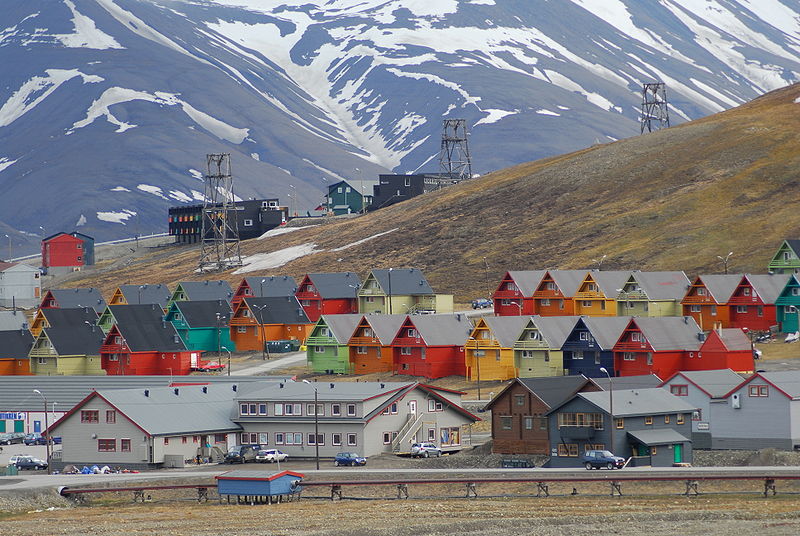
What distinguishes this town are some of the oddest rules in the world. Longyearbyen has a particular law dubbed the "Ban on Dying," which was enacted as a result of the extraordinarily harsh weather conditions.
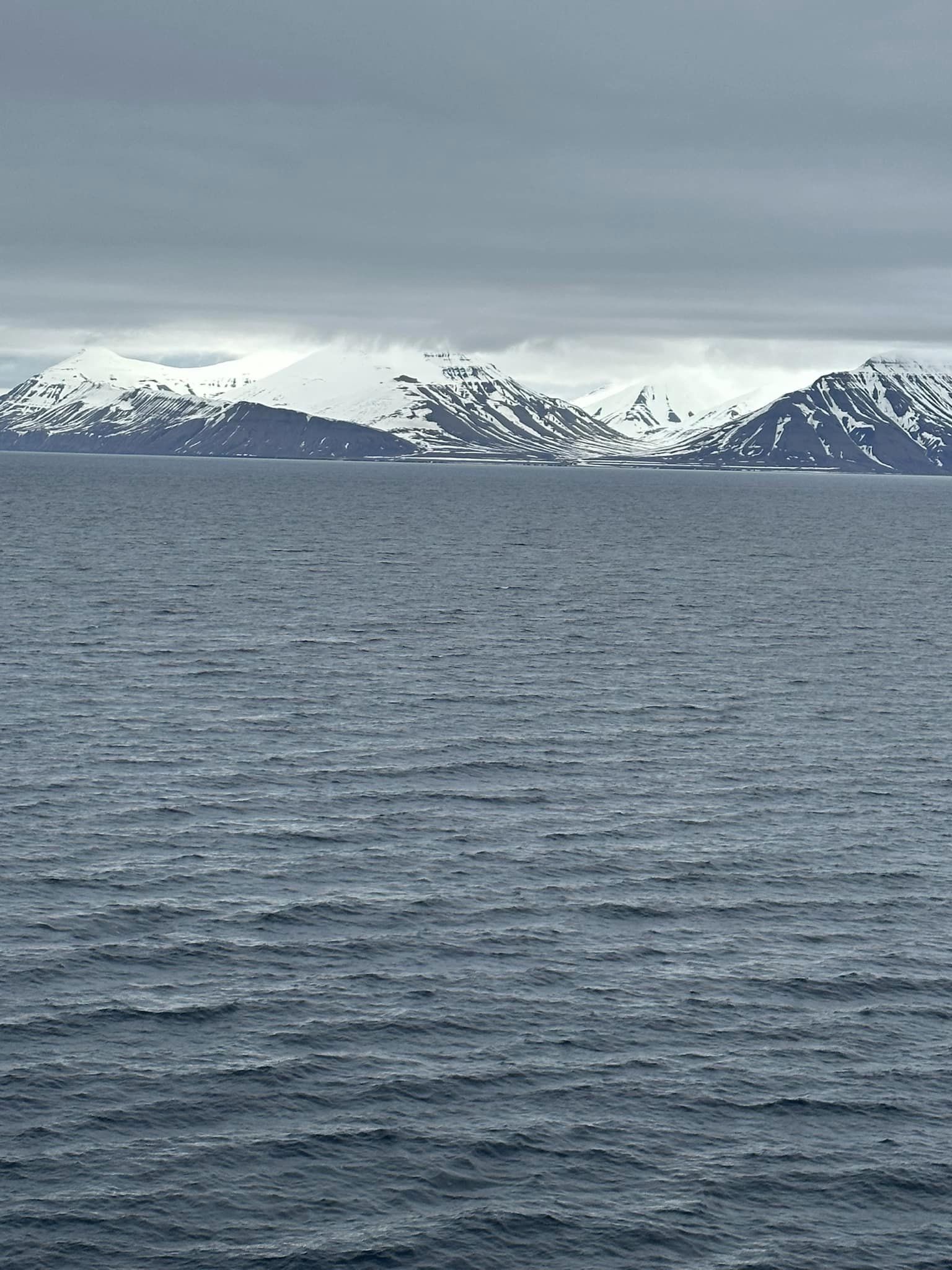
Longyearbyen, located in the Arctic area, endures temperatures below -15°C, with temperatures sometimes dipping to -25.6°C. Even while the surface temperature rises in the summer, this freezes the earth and anything buried beneath it practically permanently. Surprisingly, the town has 116 days of continuous darkness every year, whereas there are only 100 days of daylight. From November through January, the village receives no sunshine, only the illumination of the night sky and stars. From April through August, the light never sets, producing a one-of-a-kind and extraordinary scene.
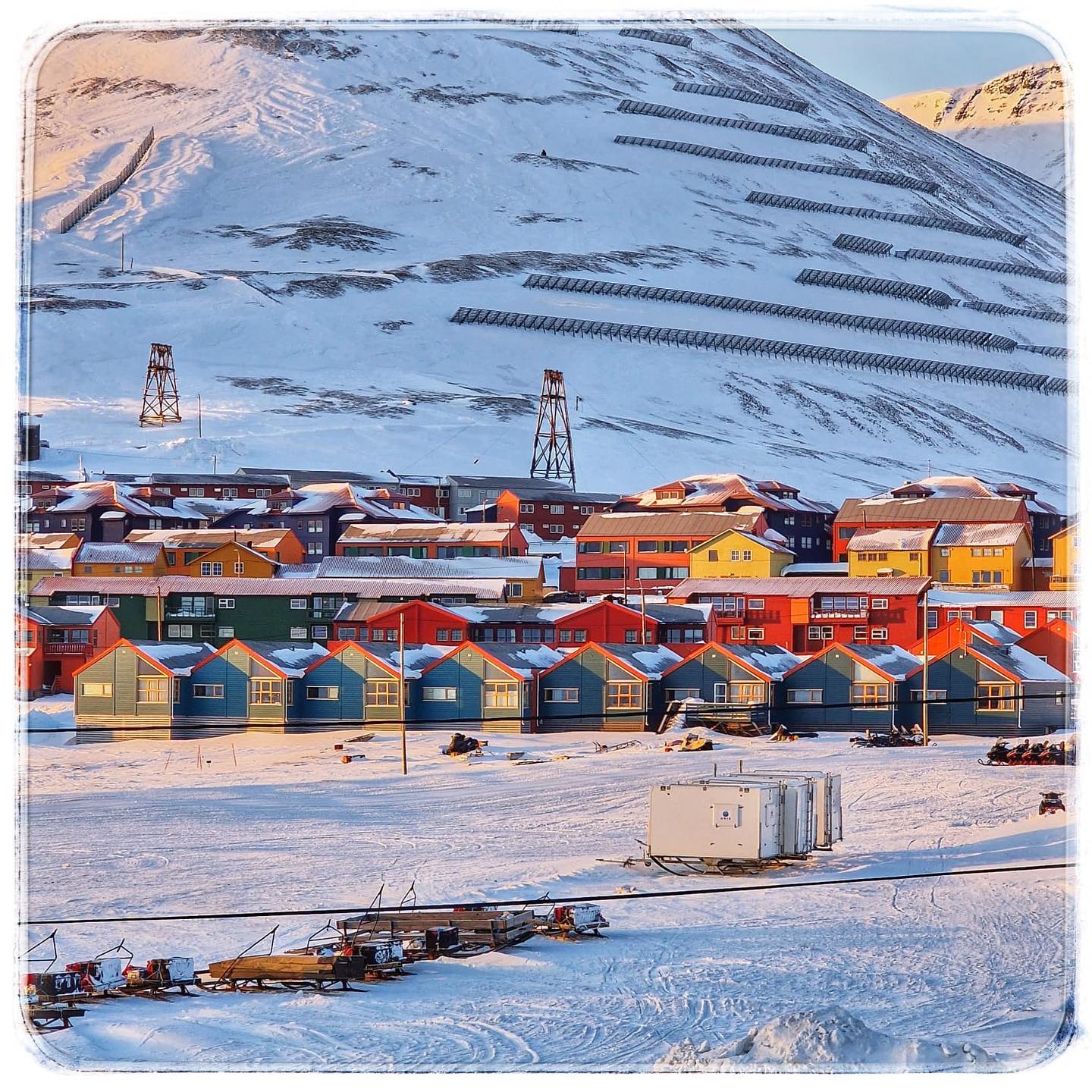
Scientists found in 1950 that remains cannot decompose in Longyearbyen owing to the exceptionally cold temperature. The ground in town remains frozen, making the burial of the deceased hazardous to hygiene and disease transmission. Longyearbyen became renowned as the "Town Where You Can't Die" as a result of this.
The town's regulations force very ill people, the elderly, and pregnant women in their late months to leave town and return only after giving birth or recovering from their ailment. Furthermore, due to the more than 3,000 wild polar bears roaming the region, residents of the town are compelled to carry weapons while traveling beyond the restricted area.
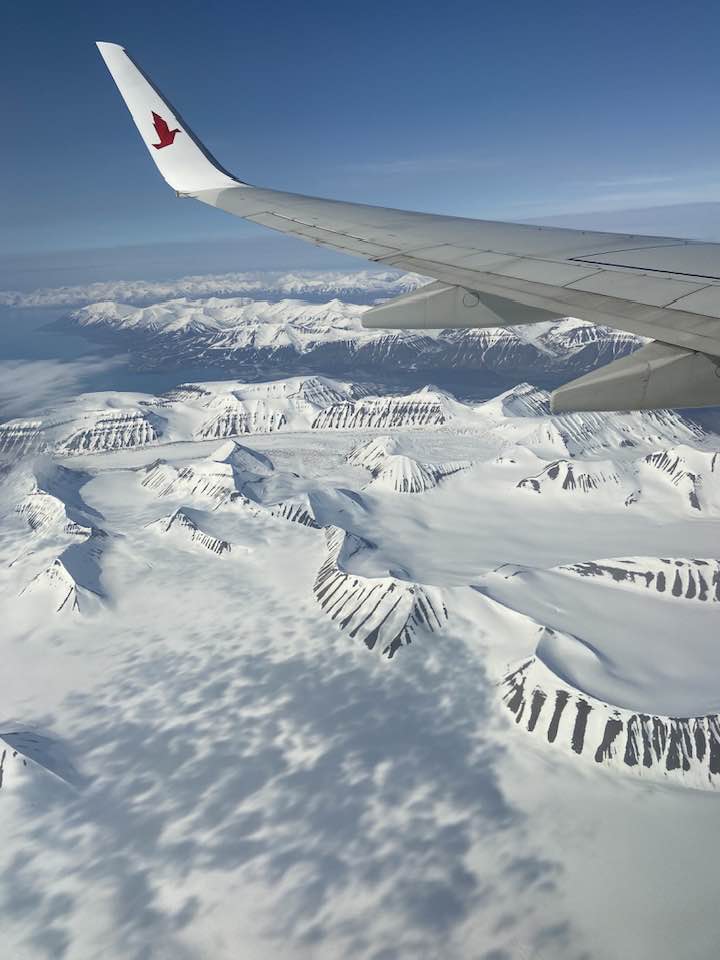
Longyearbyen was founded as a coal mining community and formerly held one of Scandinavia's largest coal mines. Today, the town is a center for scientific research and adventure tourism. Longyearbyen has been a haven for wildlife enthusiasts looking to observe polar bears, seals, and whales, and explore ice tunnels since tourism debuted in 1990.
The town also has approximately one million seed samples from all sorts of plants on the world that have been buried in permafrost for at least 200 years. However, when the temperature in the Arctic rises fast, these seed vaults will need to be upgraded to protect them from melting ice.
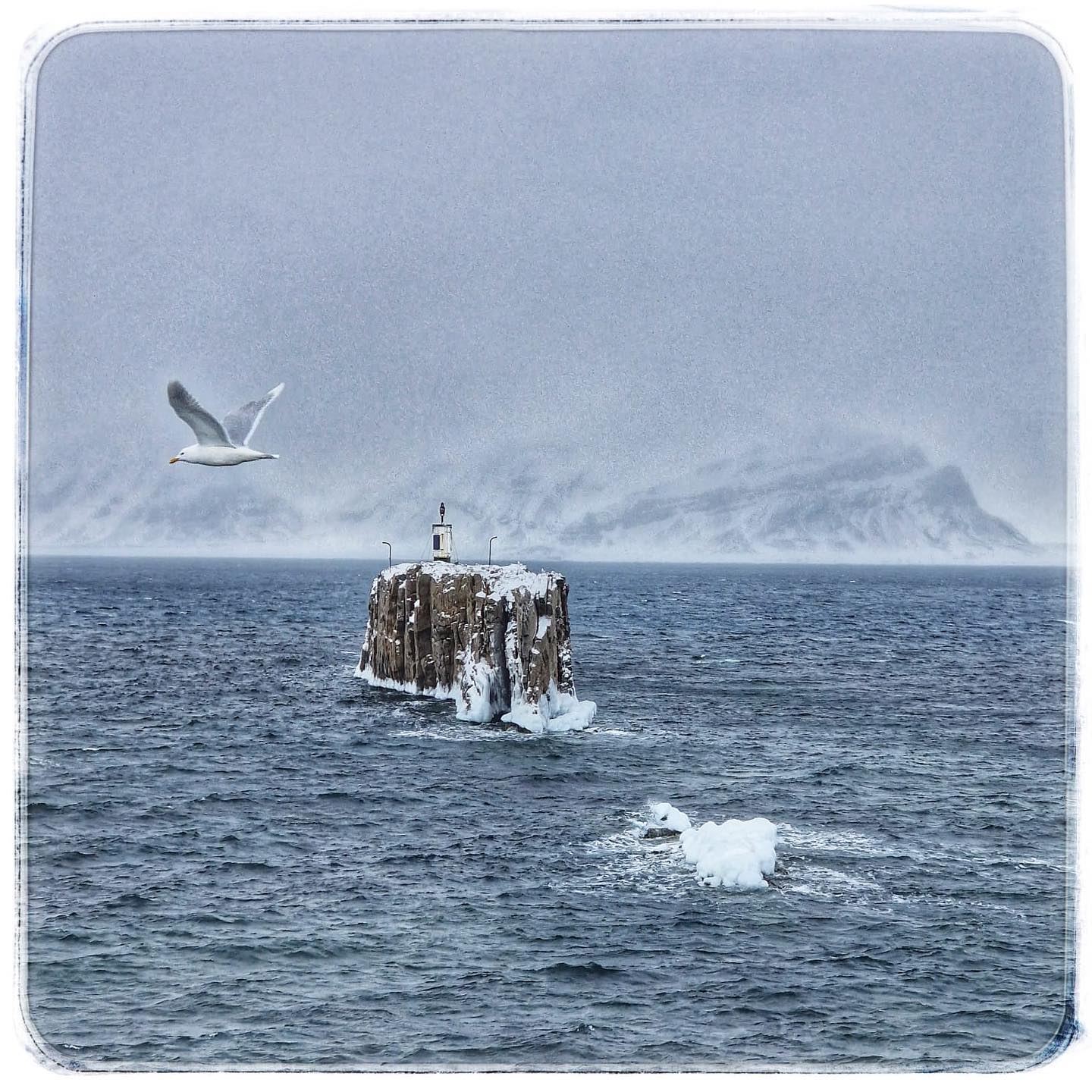
Longyearbyen attracts a large number of visitors each year who come to study its customs and traditions, numbered streets, colorful buildings, year-round glaciers, and breathtaking views. Longyearbyen is also one of the greatest spots in the world to see the Northern Lights and the unusual event known as a "super blood blue moon".
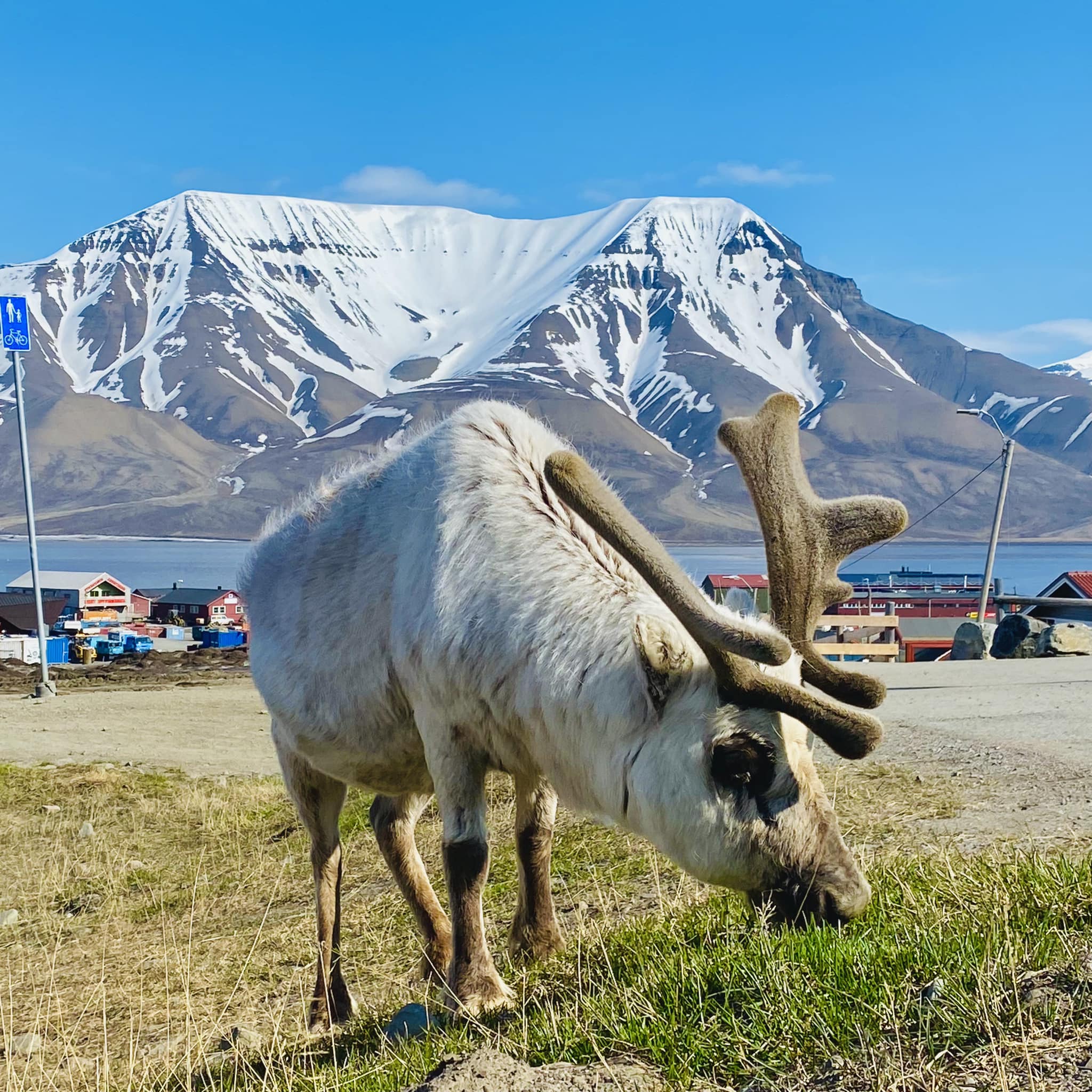

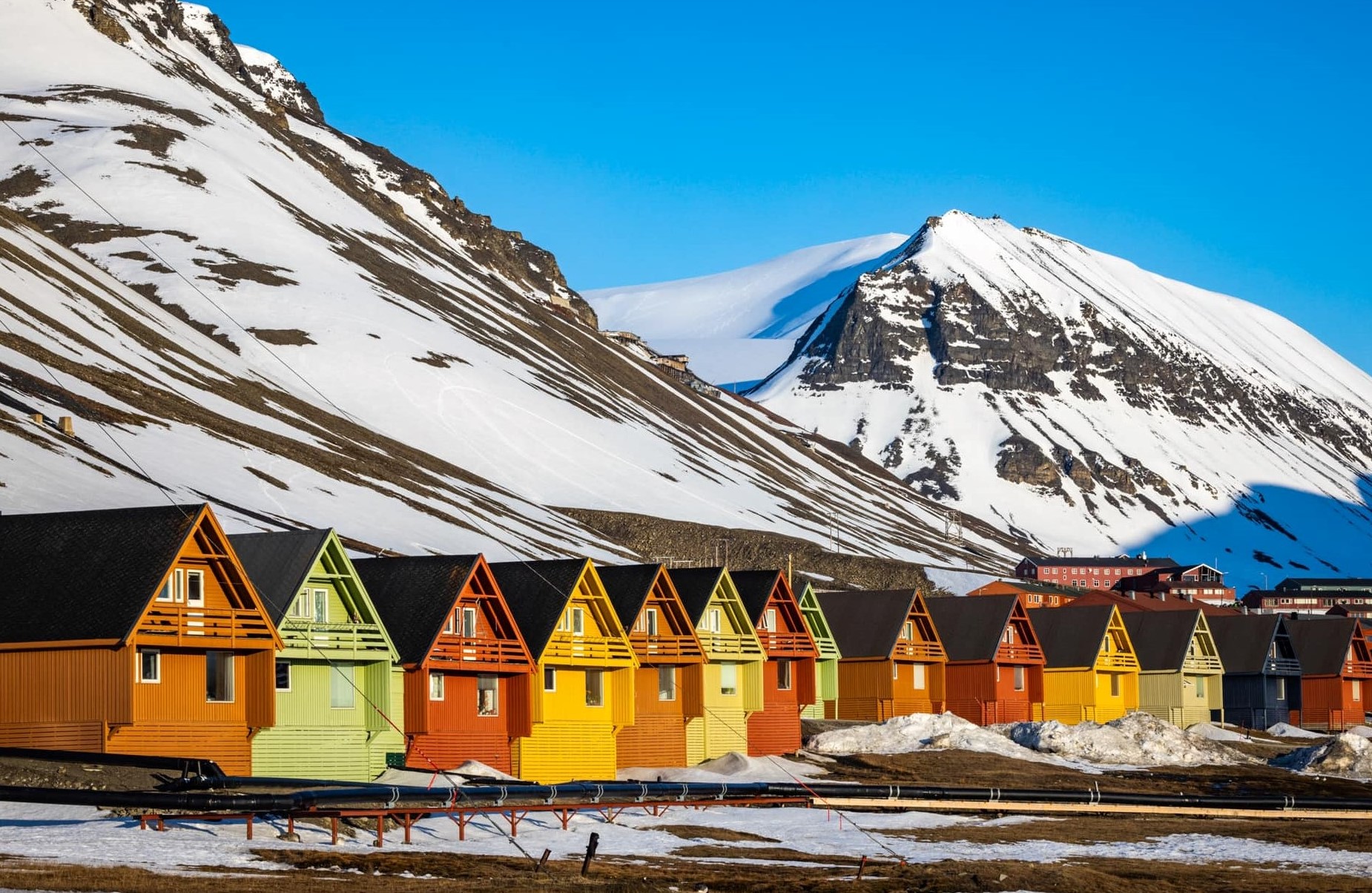


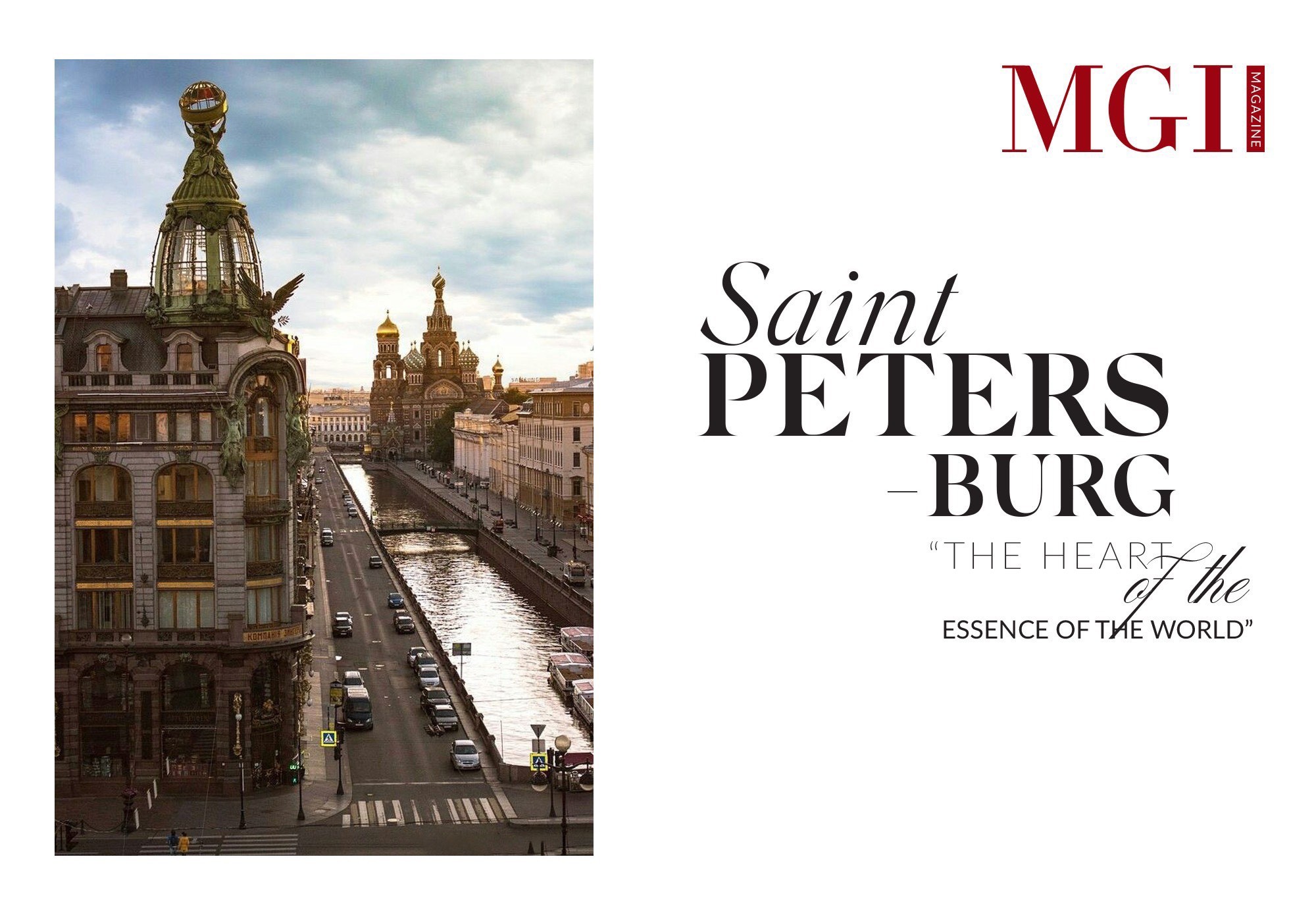
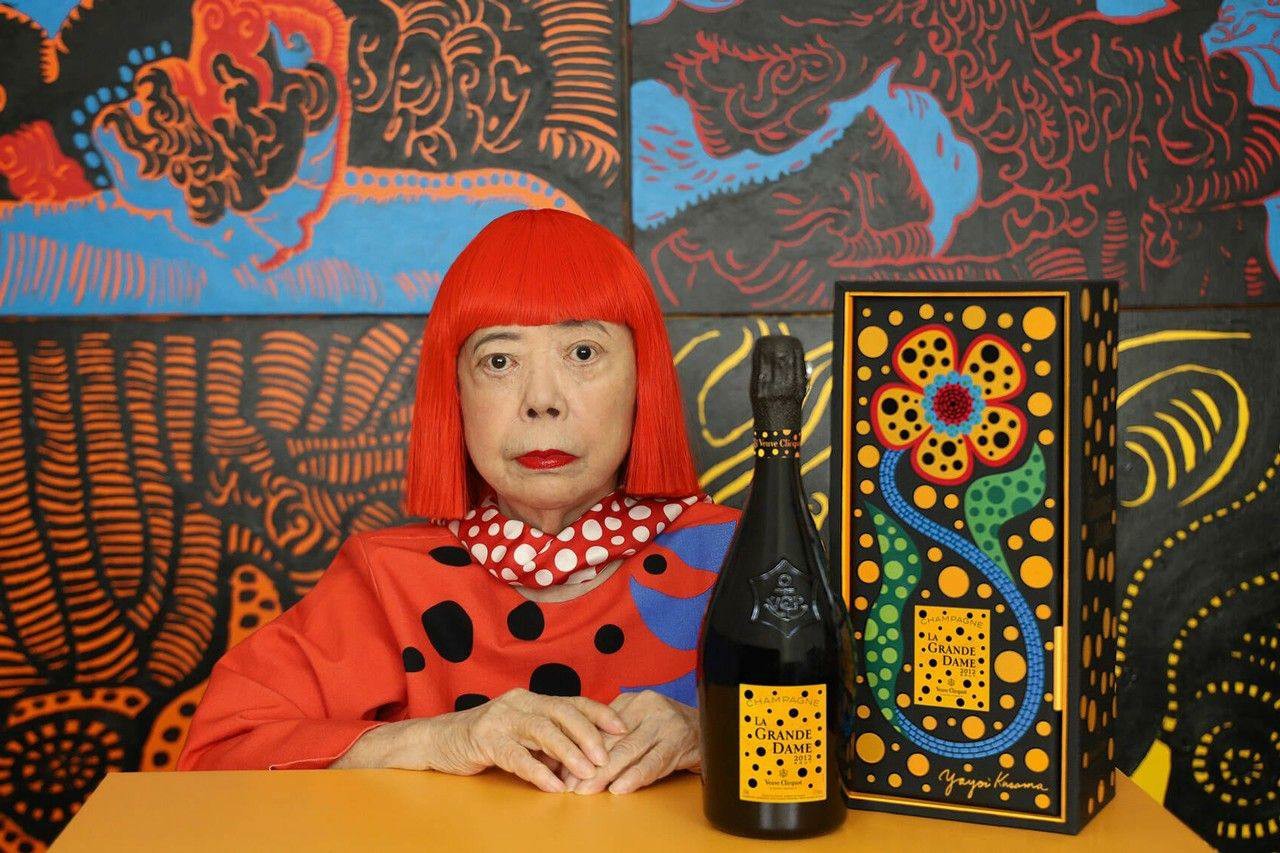

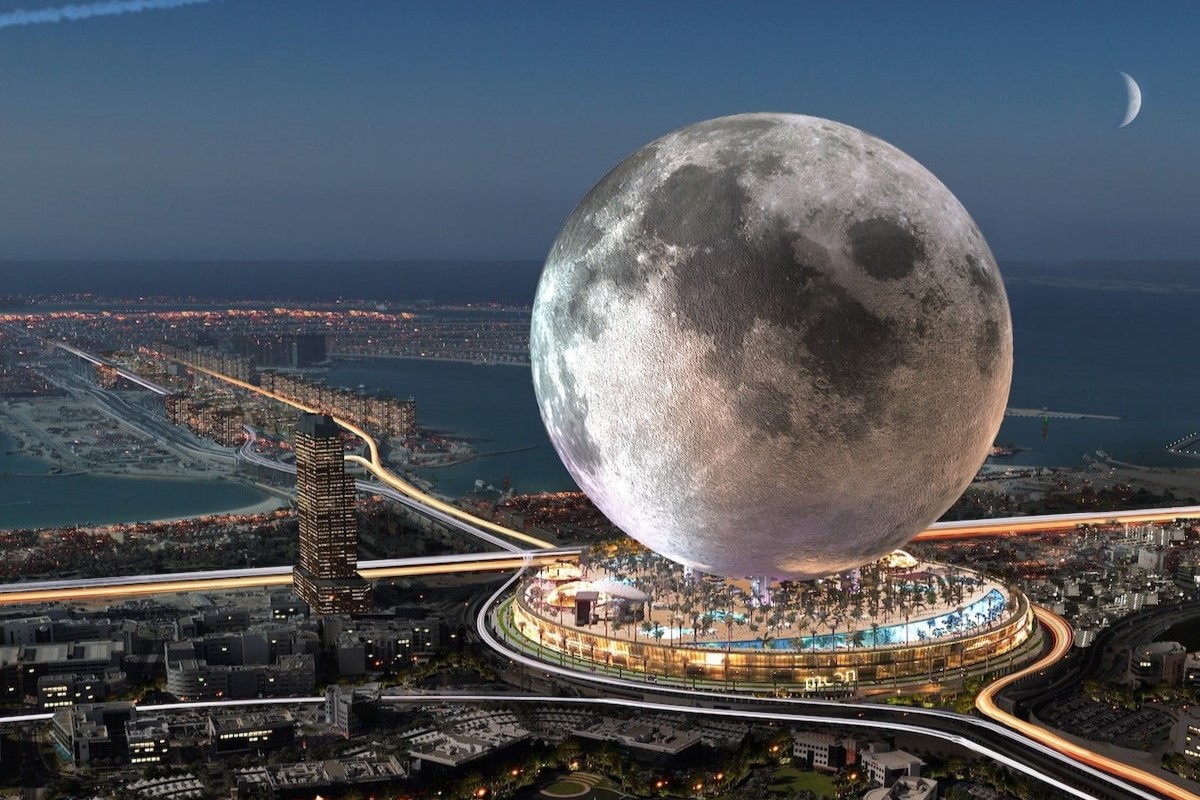
/anh-1.jpg)



